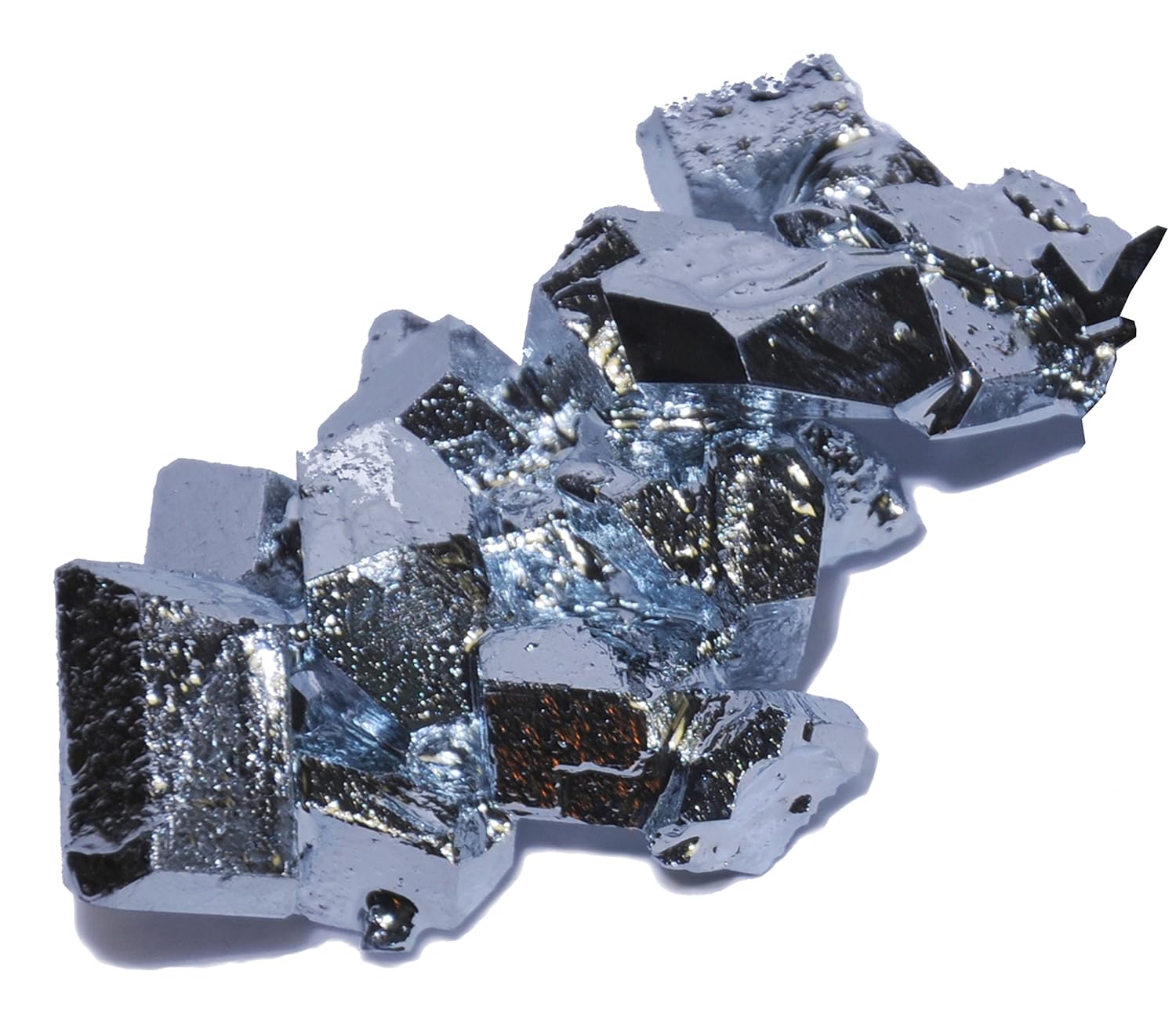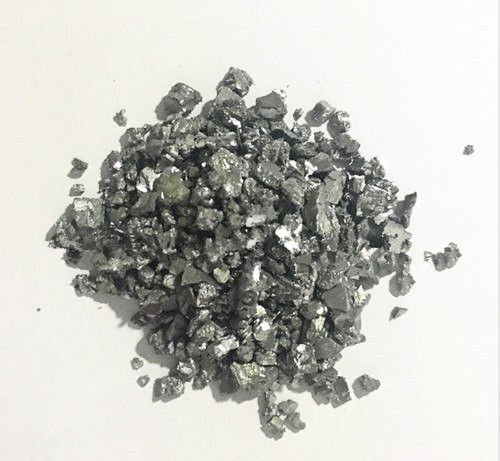Description
Gallium is a fascinating metal with unique properties that distinguish it from many elements on the periodic table. Discovered in 1875 by the French chemist Paul Émile Lecoq de Boisbaudran, gallium’s name is derived from “Gallia,” the Latin word for France, reflecting its national pride. This element has a low melting point of around 29.76 degrees Celsius (85.57 degrees Fahrenheit), which allows it to exist in a liquid state just above room temperature. This characteristic makes gallium particularly interesting for scientific inquiries and applications; for instance, it can be used to create alloys with unusual melting points or to investigate the properties of liquid metals.
In terms of applications, gallium plays a crucial role in modern technology. It is primarily used in the production of semiconductors, especially gallium arsenide, which has superior electronic properties compared to silicon. This makes it ideal for high-frequency electronics and optoelectronic devices such as LEDs, laser diodes, and solar cells. Furthermore, gallium’s unique ability to expand upon solidification—opposite to most metals—also lends it potential in specialized applications, including in the creation of mirrors and high-temperature thermometers.
Despite its significance, gallium is relatively rare in the Earth’s crust, usually extracted as a byproduct of mining for aluminum and zinc. Its rarity in nature contributes to its intriguing status among metalloid enthusiasts, chemists, and materials scientists. Research into gallium continues to evolve, with ongoing studies aimed at exploring its potential in emerging technologies such as quantum computing and advanced energy applications. As the demand for innovative materials grows, gallium is poised to play an increasingly important role in shaping the future of electronic and structural technologies.










